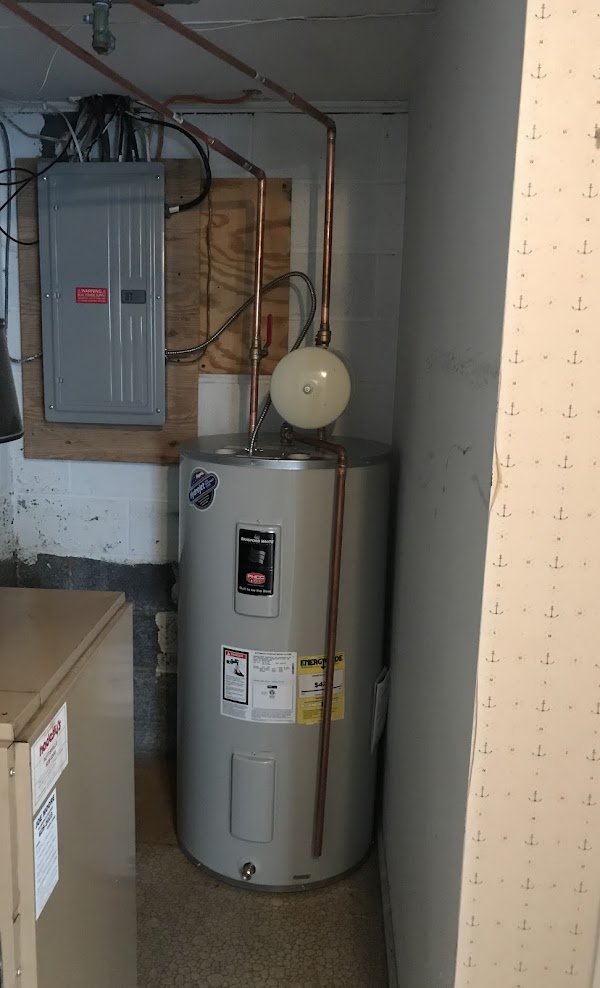You may not run your gas furnace as often during winter as people in colder climates, but you’ll still have the same need for a safely running furnace. The modern gas furnace has numerous features to help it run at high levels of safety, and we want to reassure any homeowner that the gas furnace in their home isn’t some disaster waiting to happen.
But you do need to pay attention to a few steps to ensure the best and safest performance from your furnace for the season … and that’s what this post is all about.
Always schedule professional maintenance for the furnace
This is the most important thing you can do to avoid a hazardous furnace. It’s also great overall for your HVAC system: it helps it run at peak efficiency, avoid repair needs, and last for as long as possible. We recommend having maintenance done in fall, but it’s definitely not too late to schedule it. Call us and we’ll have our techs out to your house to give your furnace that all-important safety inspection (along with a quality tune-up).
Never delay with calling for repairs when needed
Here’s another professional service that goes a long way toward keeping a furnace running safely. When you notice anything wrong with the heating system’s operation (strange sounds, short run-times, uneven heating, weird odors from the vents, unusually high bills), don’t wait for it to just “go away” or get better. The longer a furnace runs with a malfunction, the higher the chance it could become unsafe. Call EFE Home Services for heater repair in PA —we’re glad to help you out!
Change the filter regularly
Routine furnace filter changes (every 1–3 months) does a lot to prevent a range of furnace problems. Many people don’t realize a clogged filter can create safety hazards: lint caught in the filter is flammable and may catch on fire if the furnace starts to overheat.
Test your carbon monoxide detectors
This is a more general precaution that applies to any home that uses natural gas, but it’s an important step. Go to all the CO detectors in your home and press the test button to see if they’re working. You may need to put new batteries in some of the units. And if you don’t have CO detectors in your house, you need that corrected ASAP.



